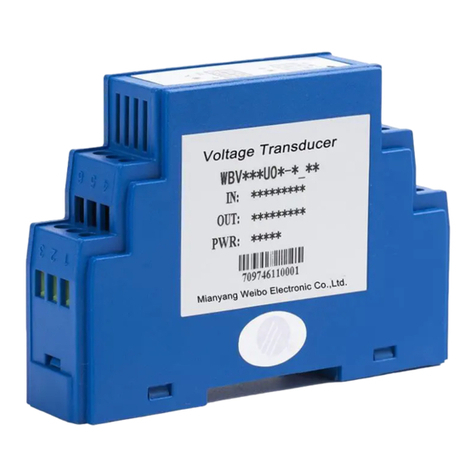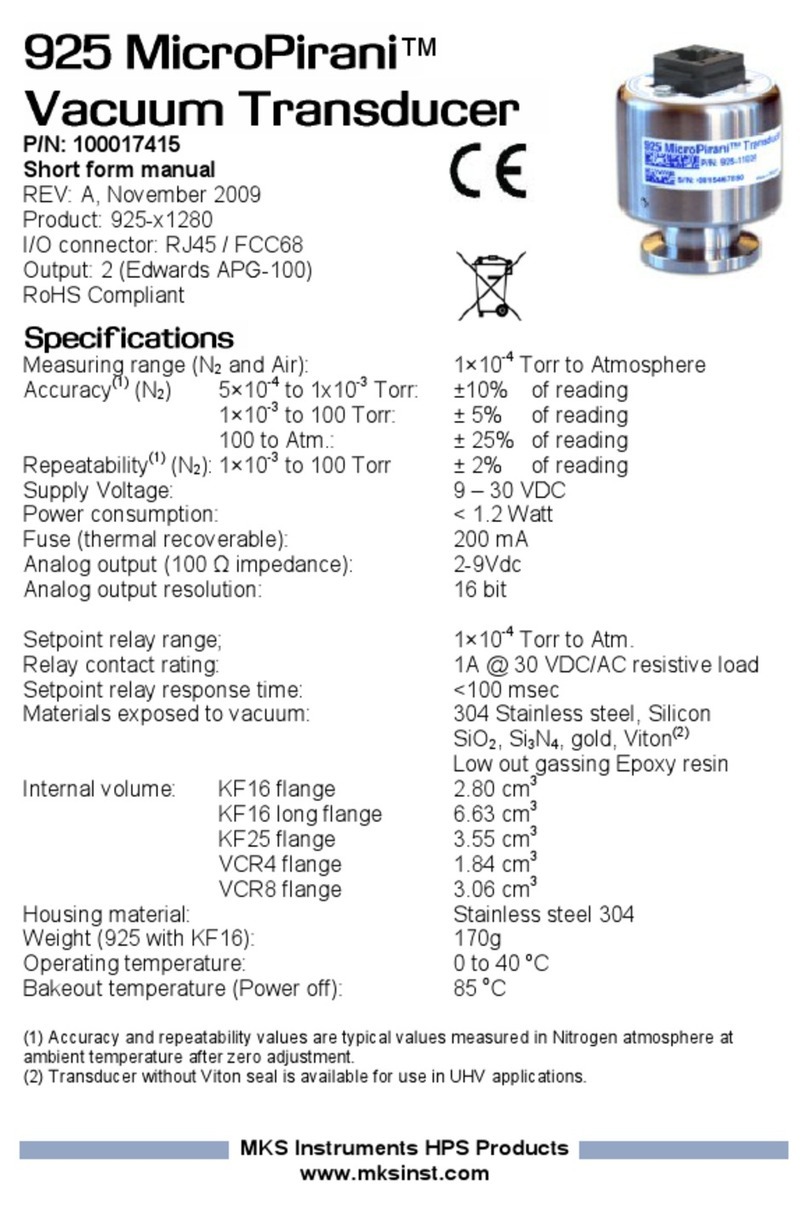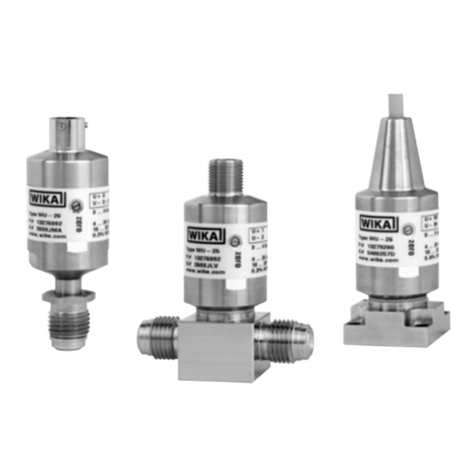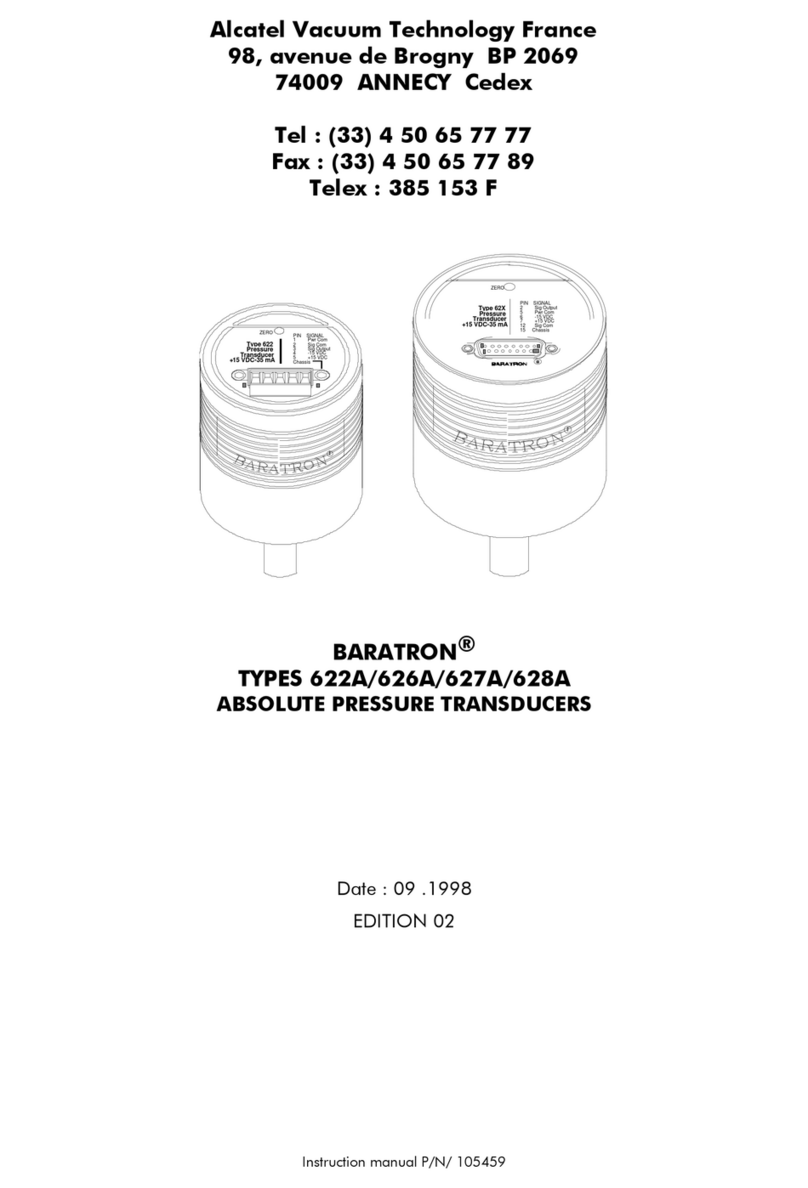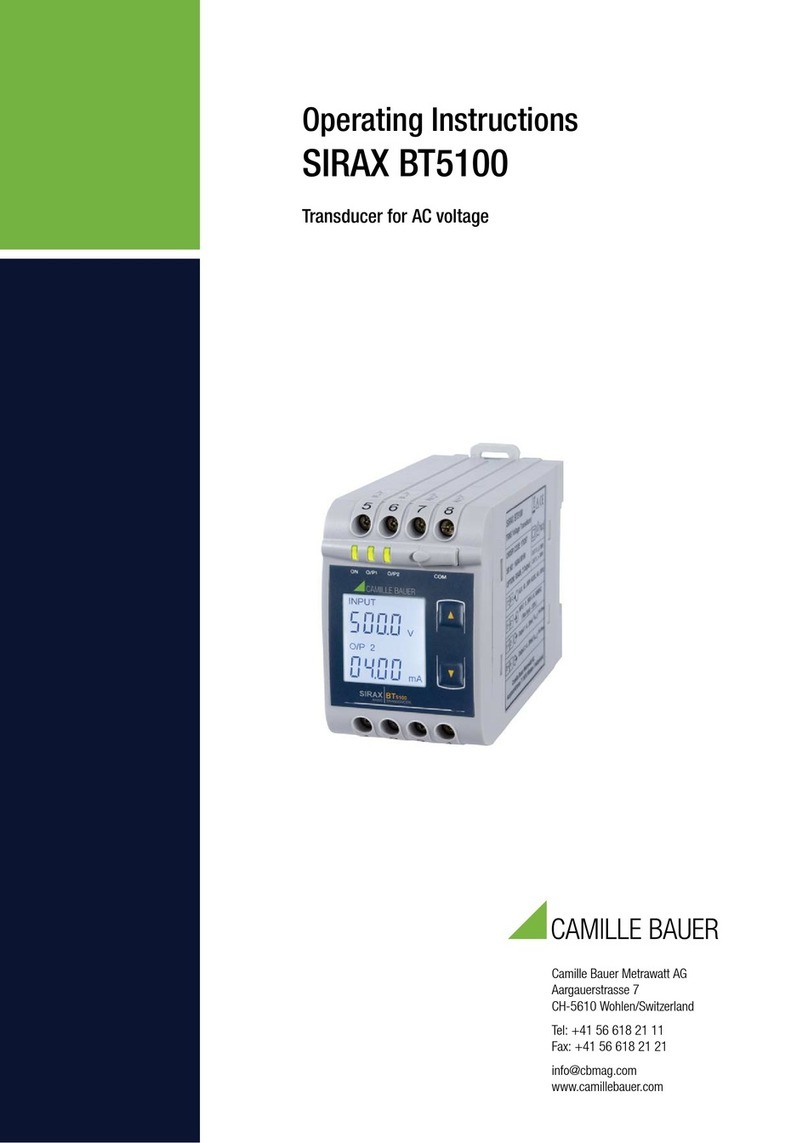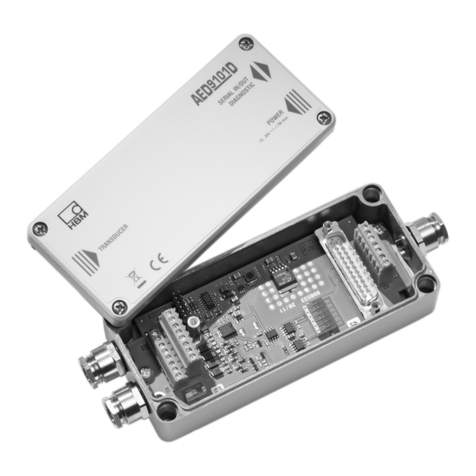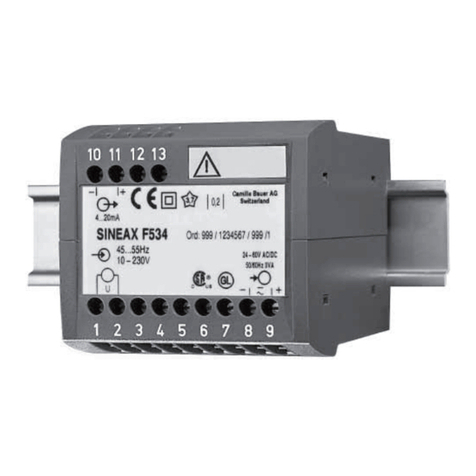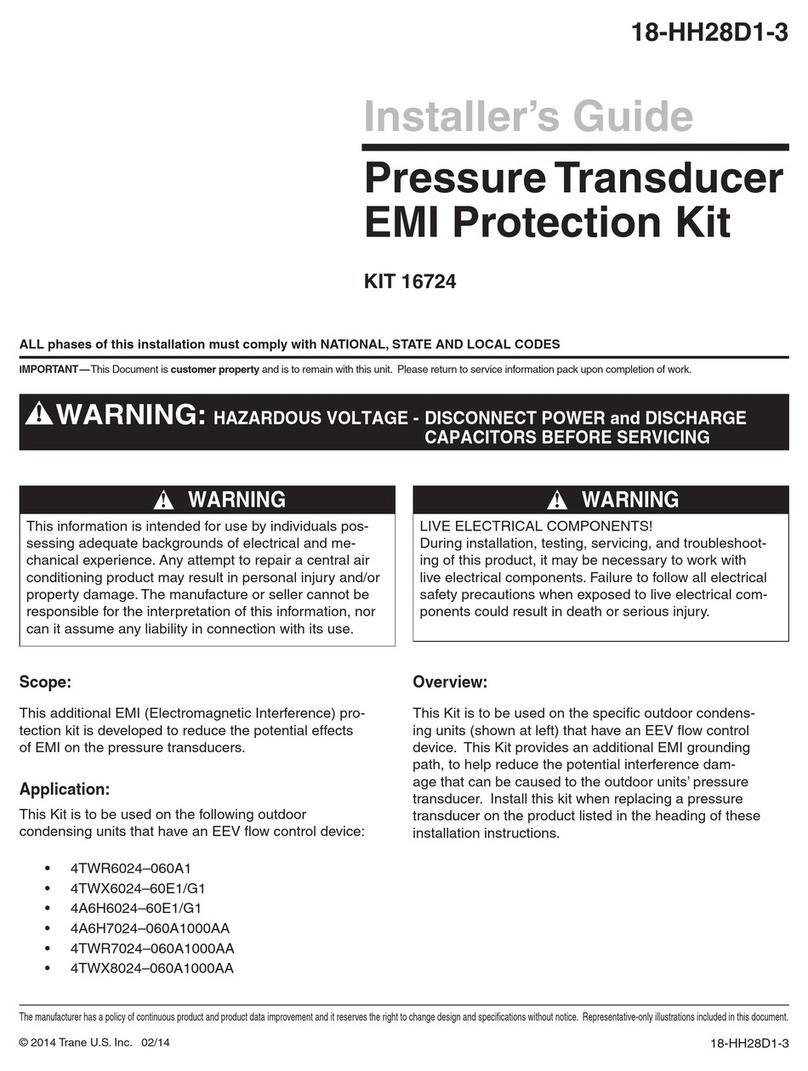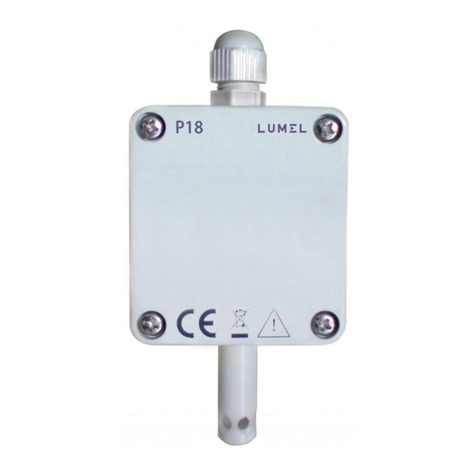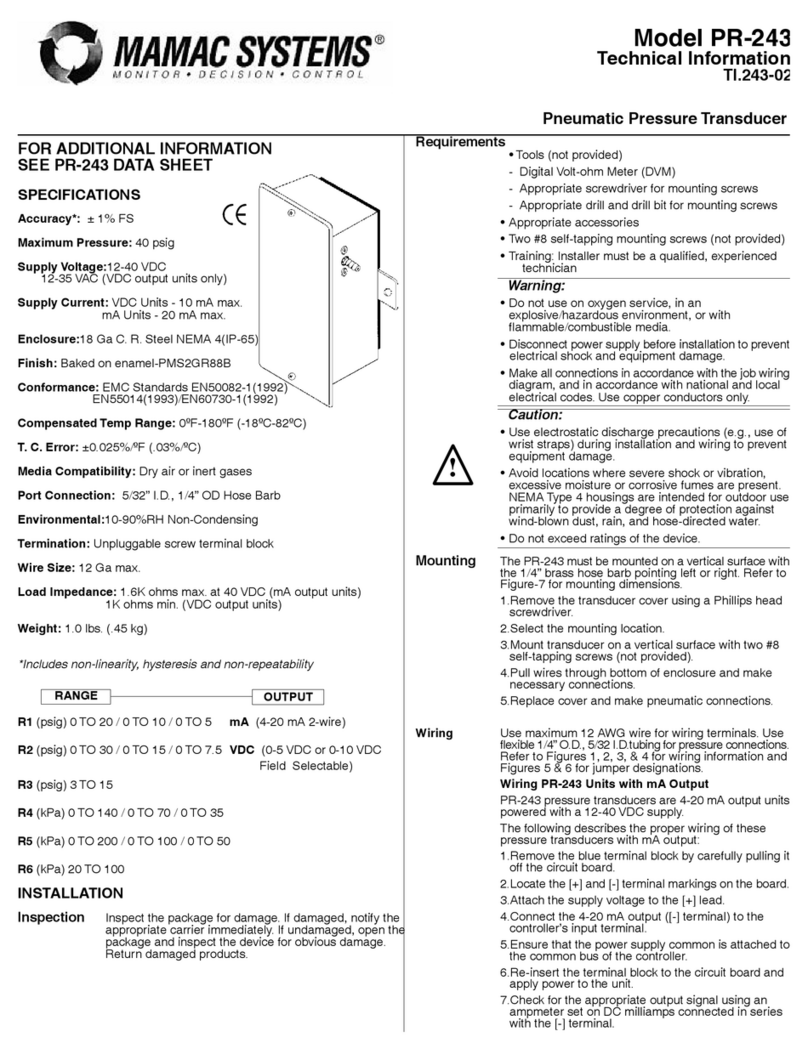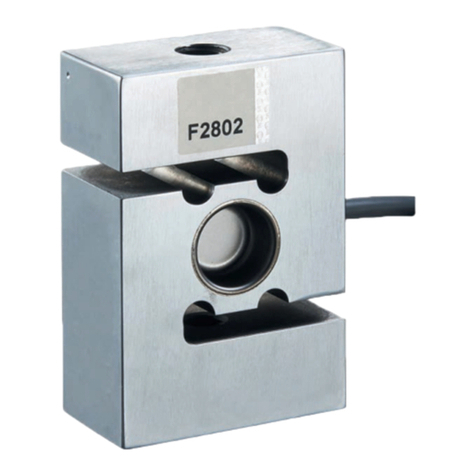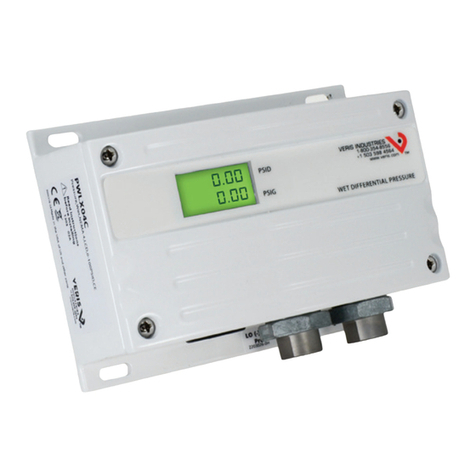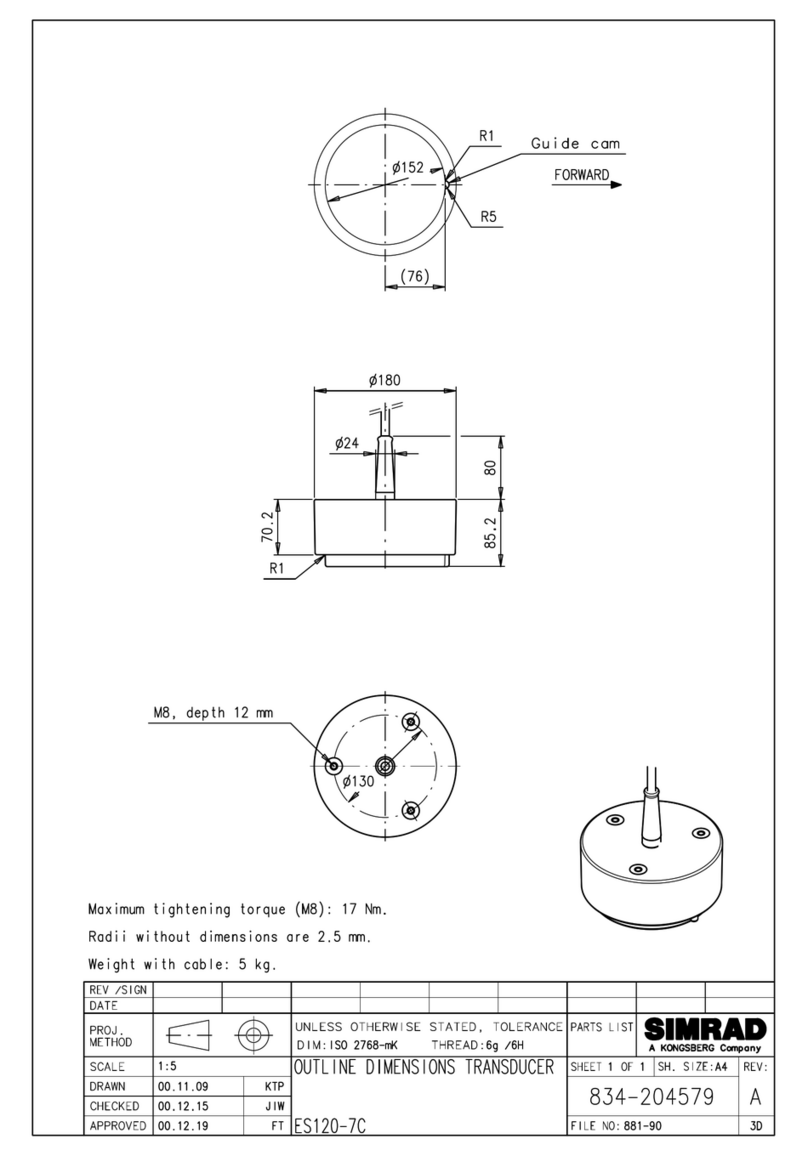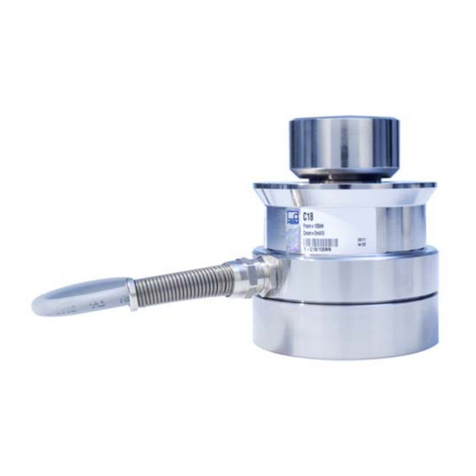
6
1. APPLICATION
The P30U programmable transducer is designed to convert
temperature, resistance, direct voltage and direct current signals into
a standard DC voltage or DC current signal. The output signal is galva-
nically isolated from the input signal and power supply. The transducer
is tted with a 2x8 LCD screen.
Features of the P30U transducer:
• converting measured values into any output signal based
on an individual linear characteristic,
• calculating measured values using one of ve implemented
mathematical functions,
• calculating measured values based on a 21-point individual
characteristics,
• one or two NO (normaly open) relay alarms operating in 6 modes
• auxiliary power supply 24V DC 30mA switched on/off by software
(options),
• indication of exceeding the alarm values set,
• programming alarm and analog outputs with a reaction to selected
input value (main input, auxiliary input or RTC),
• real time clock (RTC) with independent battery supply
• recording the input signals in programmed time periods in the inter-
nal memory and on an SD/SDHC card (option),
• internal archive memory with 534336 record capacity,
• automatic decimal point setting,
• preview of preset parameters,
• password protected parameter change
• RS-485 interface support with the MODBUS protocol in RTU mode,
• programmable averaging time,
• Median lter with various number of samples
• SD/SDHC memory cards support – compatible with FAT and FAT32
le system (option),
• RS-485 interface Master mode – ability to poll a single slave device
